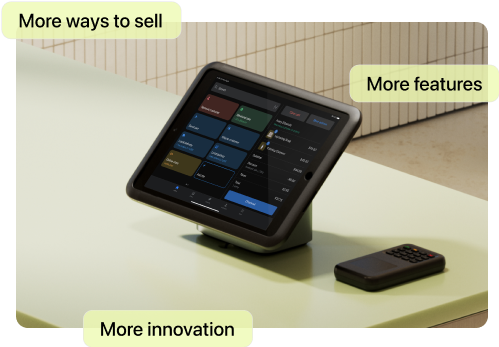Cassidy Caulk’s journey launching Kindred Label began with tired feet and a simple observation: No one had created an elegant solution for women who wanted to carry backup shoes. While flimsy, foldable flats existed, she envisioned a high-quality, sustainable shoe that could fold without compromising on style or durability.

What started as a DIY experiment with Amazon sandals, a bread knife, and “YouTube University,” eventually transformed into a patented luxury footwear brand. The four-year journey from concept to launch required mastering cobbling, engineering, and patent law.
How to launch and protect your innovation
Ahead, discover Cassidy’s step-by-step guide for developing and patenting your innovative product from scratch.
1. Research and find free resources
Cassidy wanted to learn shoemaking from the ground up so she could develop her product confidently. “I had zero knowledge of the shoe industry, [but] a degree in business,” she recalls. Rather than letting this stop her, she dove into what she calls “YouTube University,” spending countless hours studying cobbling techniques online, reading Reddit forums, and joining leather-working communities.

“I had signed up for this course … called I Can Make Shoes, something so basic, and they sent me this really small box of tools and there was a book on shoemaking I literally studied like the Bible,” Cassidy says.
This hands-on education proved crucial throughout the process. For instance, an early attempt to send a basic prototype to a factory resulted in an exact replica that didn’t function properly. “That was our first introduction of, OK, you need to be pretty solid in what you want to manufacture. If I wasn’t hands-on helping make these decisions, the factory wouldn’t know what to do with this strange folding shoe concept,” Cassidy says.
2. Find partners who will innovate with you
In addition to taking online classes and learning cobbling basics on her own, Cassidy found an engineering firm to develop a working prototype. She spent hundreds of hours researching materials—from magnets to Kevlar—testing pull strengths and hinge mechanisms.
“I realized everything about building a product is collaborative,” she emphasizes. “It’s not just you saying, ‘Here, take this, do it.’ You need to be in it with them, working on it with them, problem solving, sourcing suppliers, materials, everything.”
When manufacturers had questions about the unique folding mechanism, Cassidy’s deep shoemaking knowledge allowed her to bridge the gap between engineering concepts and practical manufacturing.
And after interviewing five different factories, Cassidy found a smaller family-owned manufacturer in Portugal that shared her vision. “We ended up going with them because they absolutely loved the challenge,” she says. “The owner was like, ‘I get the product, I get the concept, and I’m willing to help you take your engineer prototype and turn it into an actual functioning shoe.’

3. Protect innovation, invest in patents
Recognizing the uniqueness of her folding mechanism, Cassidy invested early in patent protection. “You could have the best idea in the world, but if people then go and rip it off, the one thing you can do on the front end is try to protect yourself,” Cassidy says.
Each patent cost approximately $10,000 and took two years to secure. Cassidy worked closely with attorneys and took an active role in the process, putting her expertise to work. When faced with similar existing patents, she meticulously analyzed each one, highlighting differences and crafting specific language that differentiated her innovation.
“Patents are a whole other language,” she notes. “I knew how to translate [my part of] that language to the patent attorney because I’d taken the time to really deep dive into shoe manufacturing and the shoe language.” This helped secure three patents for Kindred Label.
4. Educate through marketing initiatives
Creating a unique product also requires education, so potential customers can understand what sets it apart. Cassidy emphasizes the importance of in-person feedback through pop-ups and events: “It’s way easier to get it in person than it is to get it after purchase, following up.”
She now has a permanent retail space in a local handmade leather shop, allowing her face time with new customers.
Catch the full Shopify Mastersinterviewfor the most surprising part of Cassidy’s patent journey, and to hear how she’s continuing to scale past her latest goals.





